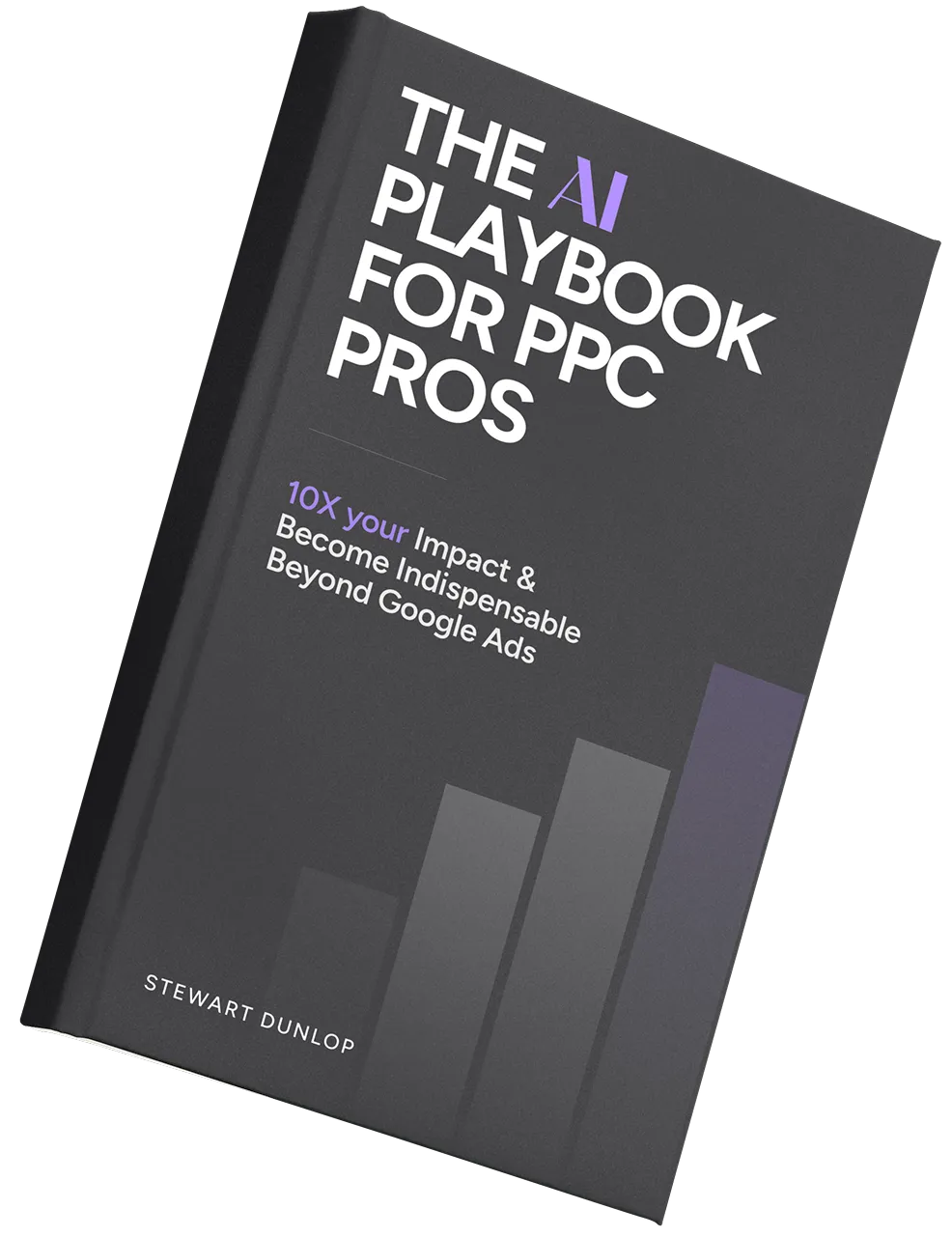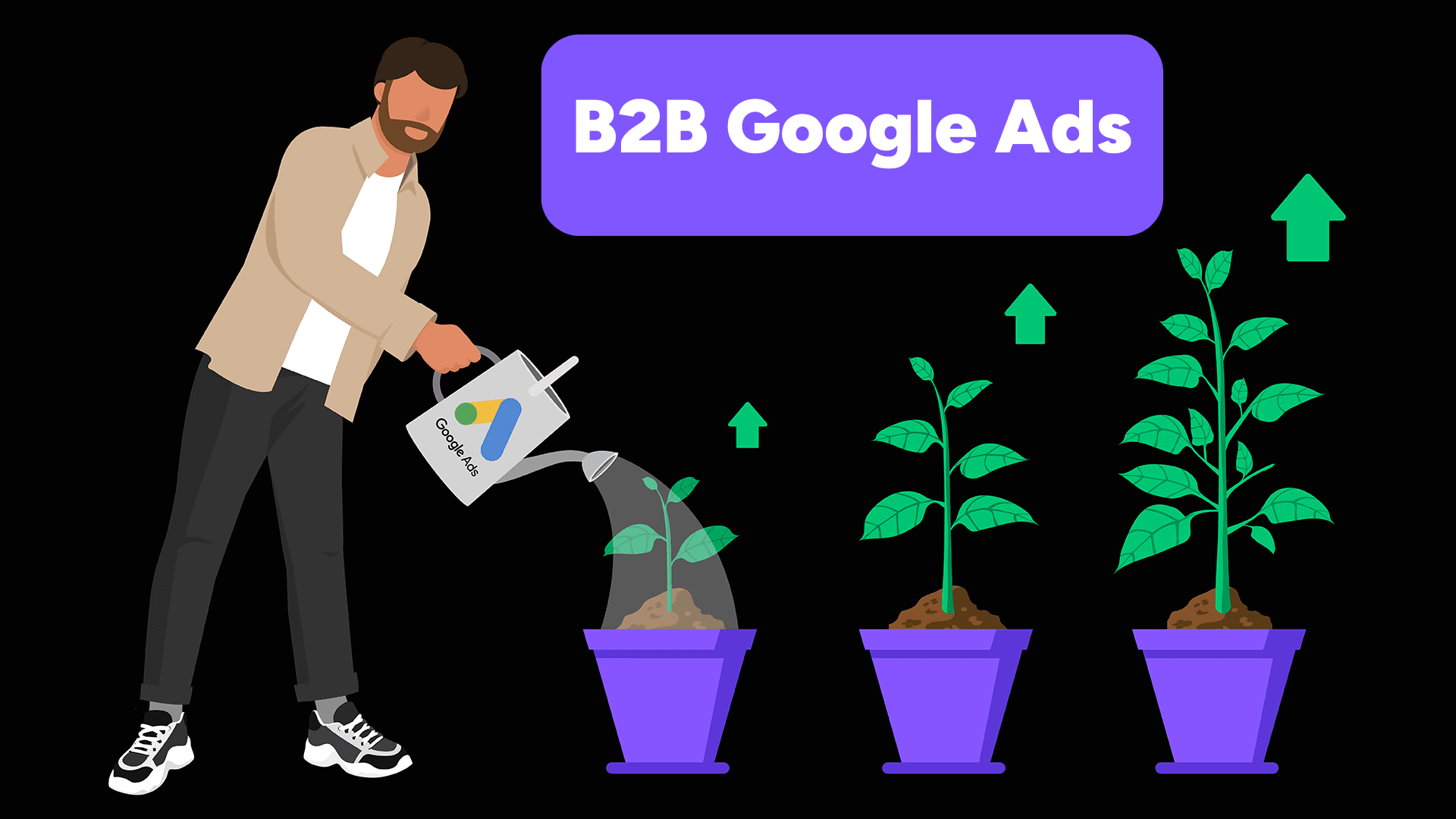
Google ads is probably the single most important advertising channel for scaling B2B businesses.
I should know, I built a $10m B2B marketing agency primarily from Google ads!
Unlike the B2C space where many decisions are made via social media, Google still reigns supreme when it comes to finding B2B businesses.
👉 In this article
- Why Google ads work so well for B2B businesses
- The exact Google ads blueprint we use for our clients
- Common mistakes we see from advertisers who say "Google ads just don't work for us"
Do Google Ads Work for B2B?
Google ads do work incredibly well for B2B, and in our opinion they’re the best marketing channel B2B companies because the ticket value is so high that you have so much room to work with.
With a typical B2C business like an Ecommerce brand, they may be in a position where they’re selling a product for $50. That doesn’t leave much margin remaining for marketing spend!
On the flipside, many B2B businesses are selling their service or product for a customer lifetime value running into the multiple thousands of dollars.
This simple mathematical fact means that B2B businesses can afford to spend much more to acquire a customer, and Google ads is an incredibly effective channel for doing so.
Benefits of Google Ads for B2B
- User Intent - Crucially, Google is really the only platform where you can search by user intent. If someone is looking for a “website designer near me” then you can show up.
- Generate leads - With Google ads, you can find countless potential customers at different stages in the buyer journey.
- ROI - B2B businesses can generate an incredible ROI from Google Ads, because new customers deliver significantly more revenue than B2C businesses on average, given their higher ticket value.
- Enhanced brand awareness - If you’re not showing up on Google, then you’re losing out on appearing to over 50% of the World’s active internet users who are!
The Optimal B2B Google Ads Strategy
At PPC.io, we’ve delivered B2B Google ads campaigns for dozens of clients with incredible success.
There’s a similar blueprint we follow for each and every B2B client, and we’re going to reveal the components of that strategy below
There are 5 key components that you absolutely must get right to ensure effective performance from your Google ads.
- Keywords: Identifying the right search terms to target potential customers.
- Ads: Crafting compelling ad copy to attract clicks.
- Landing Pages: Ensuring the landing page experience actually converts those clicks into leads.
- Remarketing: Using additional marketing channels to make sure your customers keep seeing your brand and offer.
- Conversion Tracking: Setting up detailed conversion tracking to make sure you know exactly how your ads are performing and what actions people are taking.
👉 Let’s dive into each aspect below. We recommend following this step by step to ensure success.
1) Keywords
Google ads are nearly entirely focused around keywords - the searches that people put into their mobile device or computer to find something they're looking for.
Keywords capture the intent of your users and push traffic to your landing page.
👉 Let’s assume we’re running a B2B Google Ads campaign for a CRM software company.
How to find keywords:
- Go to Google’s keyword planner.
- Into your primary seed keyword e.g. “Sales CRM”
- Voila! Google will give you thousands of keyword ideas related to your B2B business.
Here's a screenshot below of the keyword planner in action.
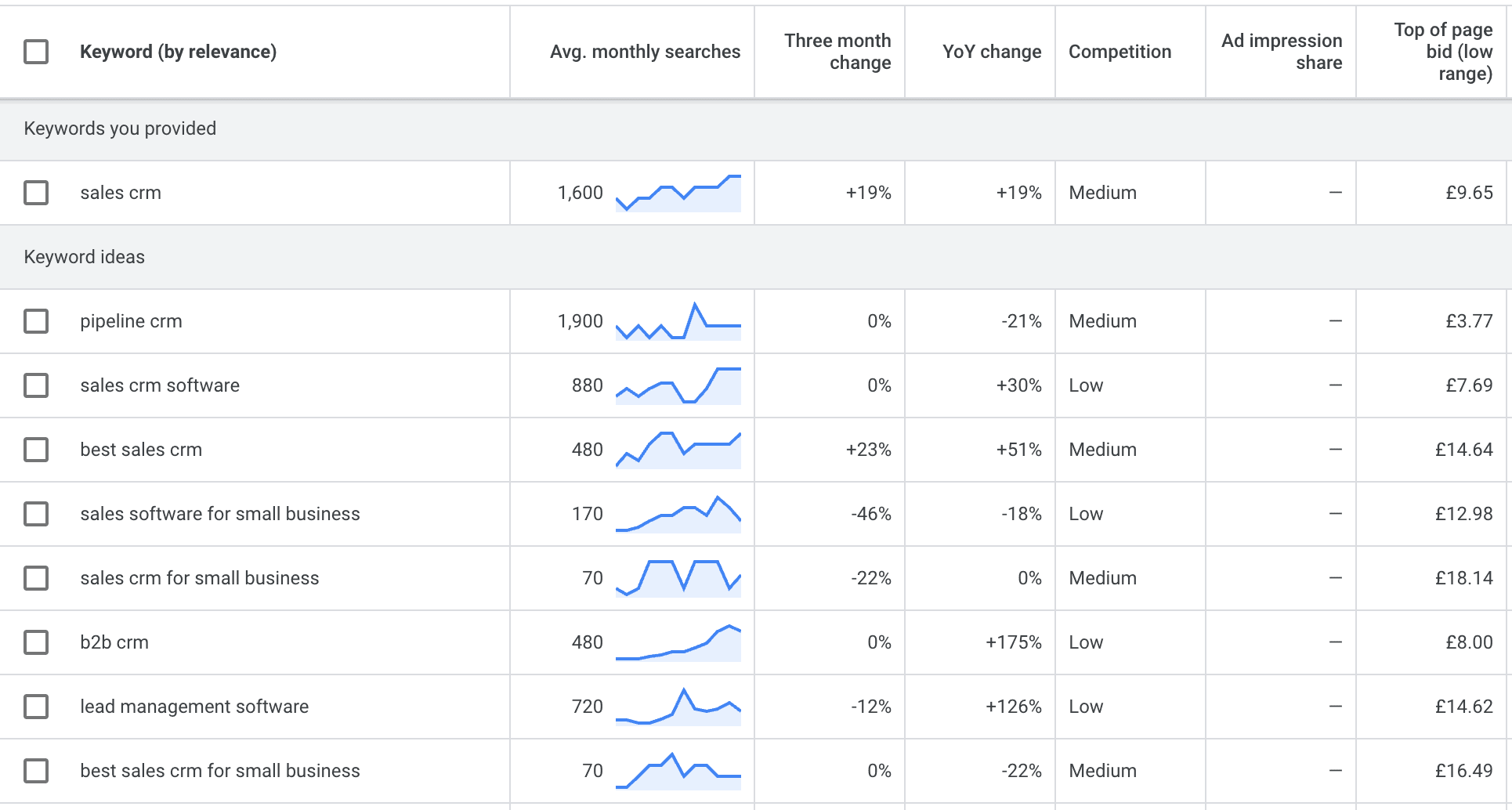
You’ll also need to select the ‘types’ of keywords you want to target.
Here are some keyword types we normally start out with.
- Exact-match “moneymaker” keywords e.g. “Sales CRM” - 60% of our initial budget goes here!
- Long-tail keywords with less competition yet still high quality clicks e.g. “Cheaper HubSpot alternative”
- Broad-match keywords with significantly less competition, that focuses on letting Google automation take control e.g. input “Sales CRM” as your seed keyword, and let machine learning take over to find you conversions.
We’ll want to split these up into separate campaigns in order to monitor performance.
💡 If you’re starting with a smaller budget, we recommend starting out with “moneymaker” keywords before expanding into new areas.
It’s important to make sure you don’t inadvertently end up bidding on irrelevant keywords especially when you’re just starting out. For example “What is a CRM?” is more of an informational term, not best suited to finding customers ready to buy.
2) Ads
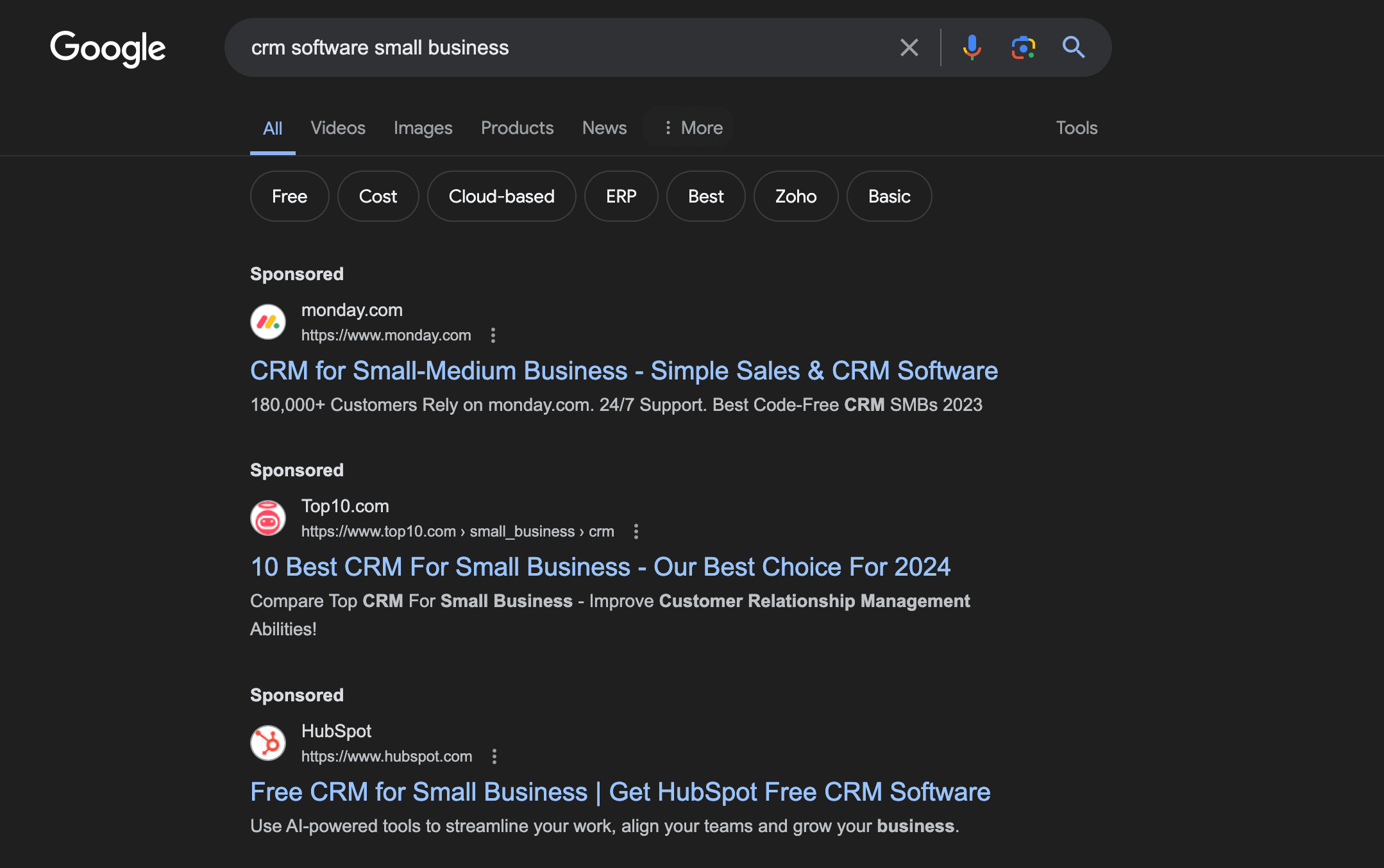
The adverts themselves are obviously a key factor when it comes to Google ads!
Once you know which keywords you’re targeting, you can then create strong ad copy around those sets of keywords.
Here are the key components of an effective B2B Google ad:
- Highlights the benefits or outcomes of your service/product
- Strong call to action
- The advert matches perfectly to the landing page you’re sending people to
- Keywords included in the ad copy to ensure relevance
- Include images & your brand logo in the advert to build trust
When you’re setting up your B2B ad on Google’s ad platform, they’ll actually give you a ‘rating’ as well, and you should always ensure this is above “average” so that your ad gets strong visibility.
For more insights here, check out our guide on PPC ad copy - how to write ads that convert.
3) Landing Pages
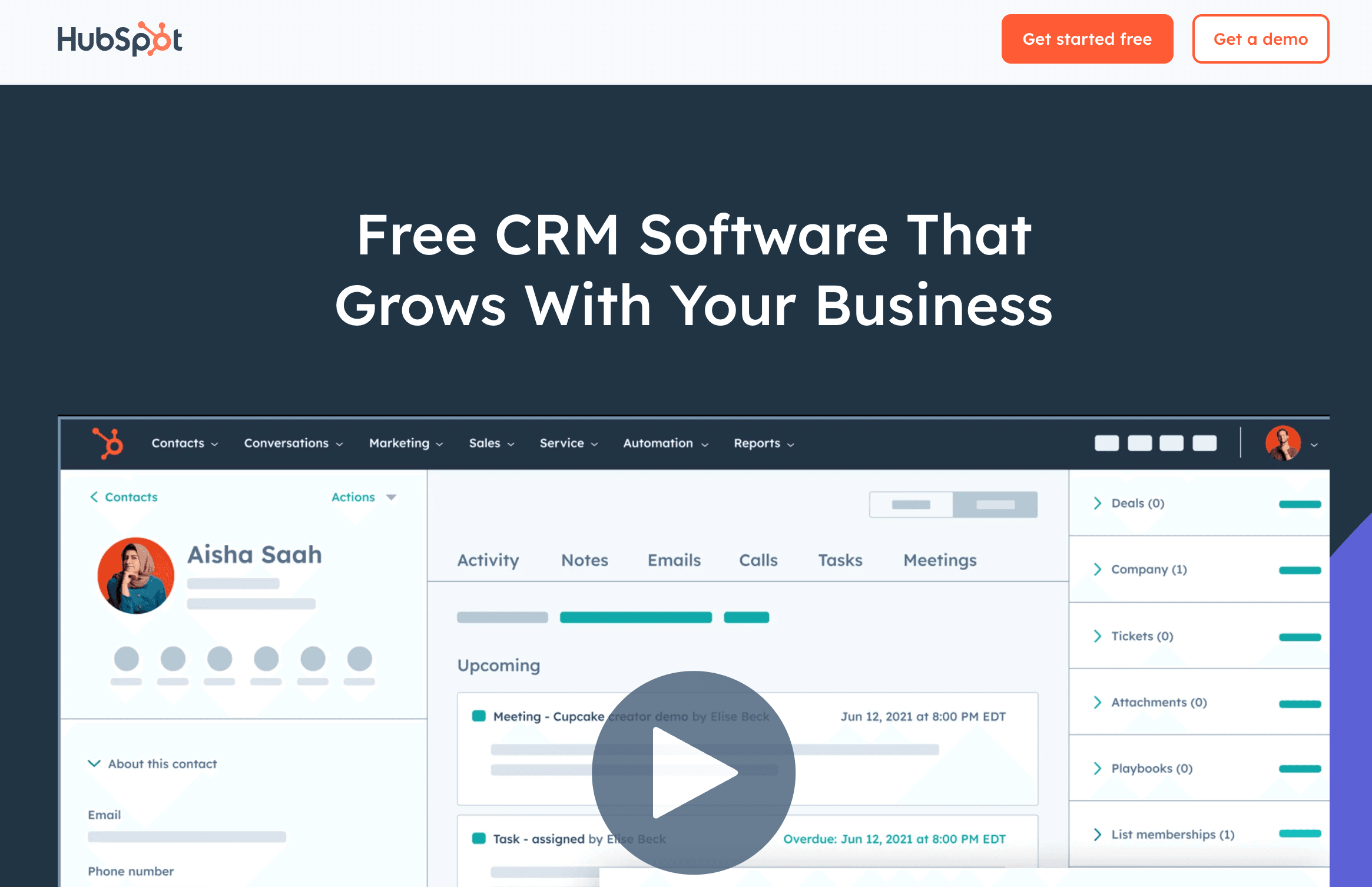
Our founder Stewart always preaches the importance of landing pages in Google ads:
“The post-click experience is the single biggest lever we can pull on to improve Google ad performance. With a poor landing page experience, there’s absolutely no chance of getting your campaign to be profitable”
Here are the essential elements of a high-converting landing page:
- Headline: Clear and keyword-rich.
- Benefit-driven content: Focus on outcomes and benefits.
- Call to action: Prominent and clear throughout the page.
- Offer: Unique and compelling.
- Visual appeal: Clear and visually engaging.
- Mobile-friendliness: Optimized for mobile devices.
- Consistent messaging: Uniform message and call to action.
- Matching: Ensure the headline matches the ad and search intent.
Use a Strong Offer on Your Landing Page
For our B2B Google ad clients, we always work closely with them to develop a strong offer or lead magnet to entice customers in. The goal is to make the offer so irresistible that it's really a no brainer to at least investigate and trial their service or product.
Here's an example of a strong offer from B2B behemoth HubSpot:
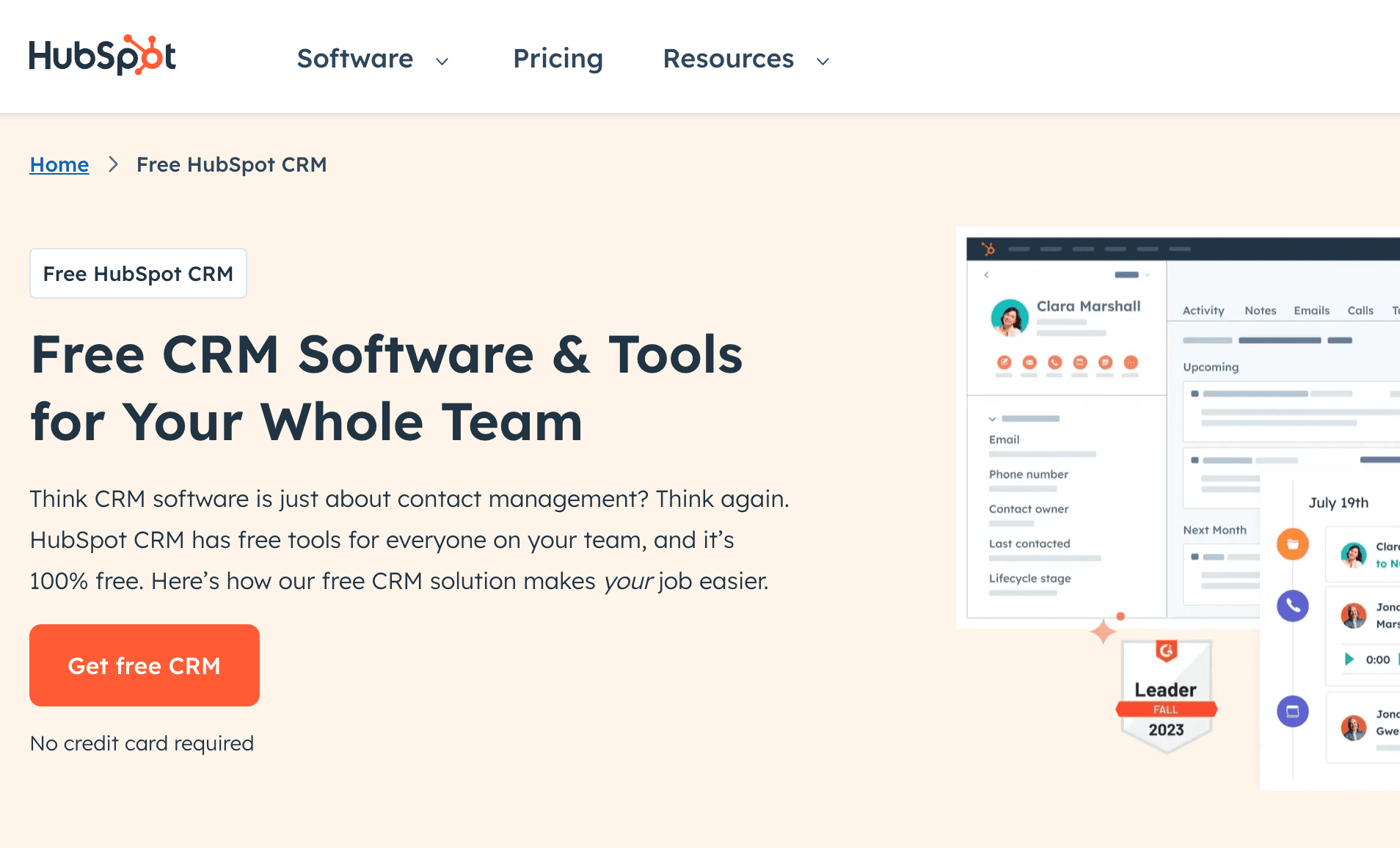
Here are some ideas of offers & lead magnets for different types of B2B companies:
- Web Development Agency - “Free 1 Hour Consultation From Our Web Development Team”
- Software Company - “Free 60 Day Trial, No Credit Card Required”
- HR Services - "Free Consultation on Improving Your Recruitment"
- Accounting Firm - "Free Tax Compliance Checkup"
- Logistics Company - "Free Consultation on Reducing Shipping Costs"
- Management Training - "Free White Paper on Our Latest Training Program"
These are significantly better than the standard “Book a Demo” or “Get in Touch” call to action headlines that we see literally all over the internet.
👉 Here's a fantastic landing page example from a small business accountancy service, who built a tool which allows customers to get a free instant quote.
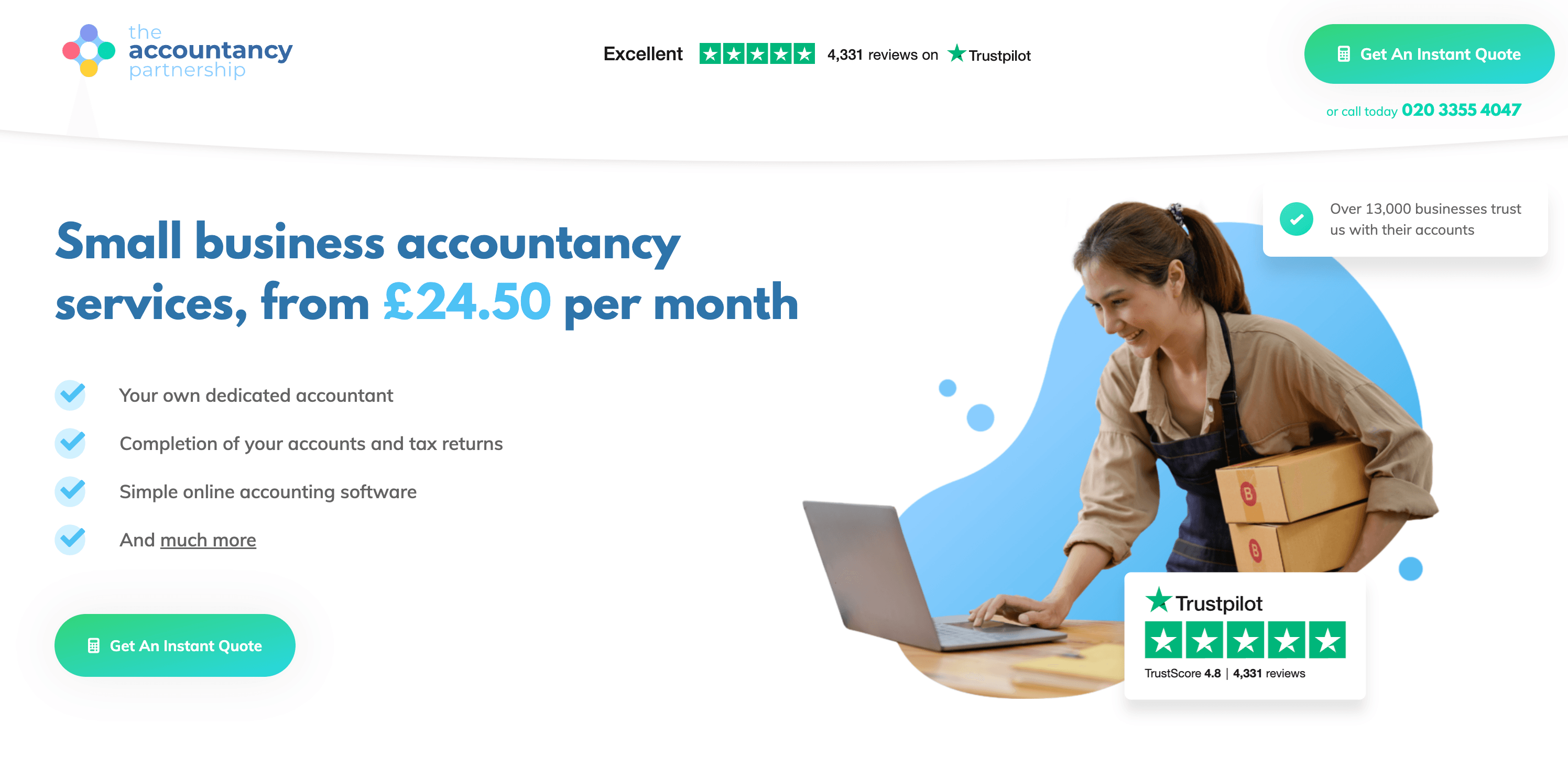
4) Remarketing
We always ensure that we're running remarketing campaigns for our clients - Which is where you target a warm audience who have already visited your website.
Ever feel like a brand you visited before is following you around the internet? With their ads showing up on social media platforms and even in your emails?
That's remarketing in action, and it's incredibly powerful for pushing toward a conversion.
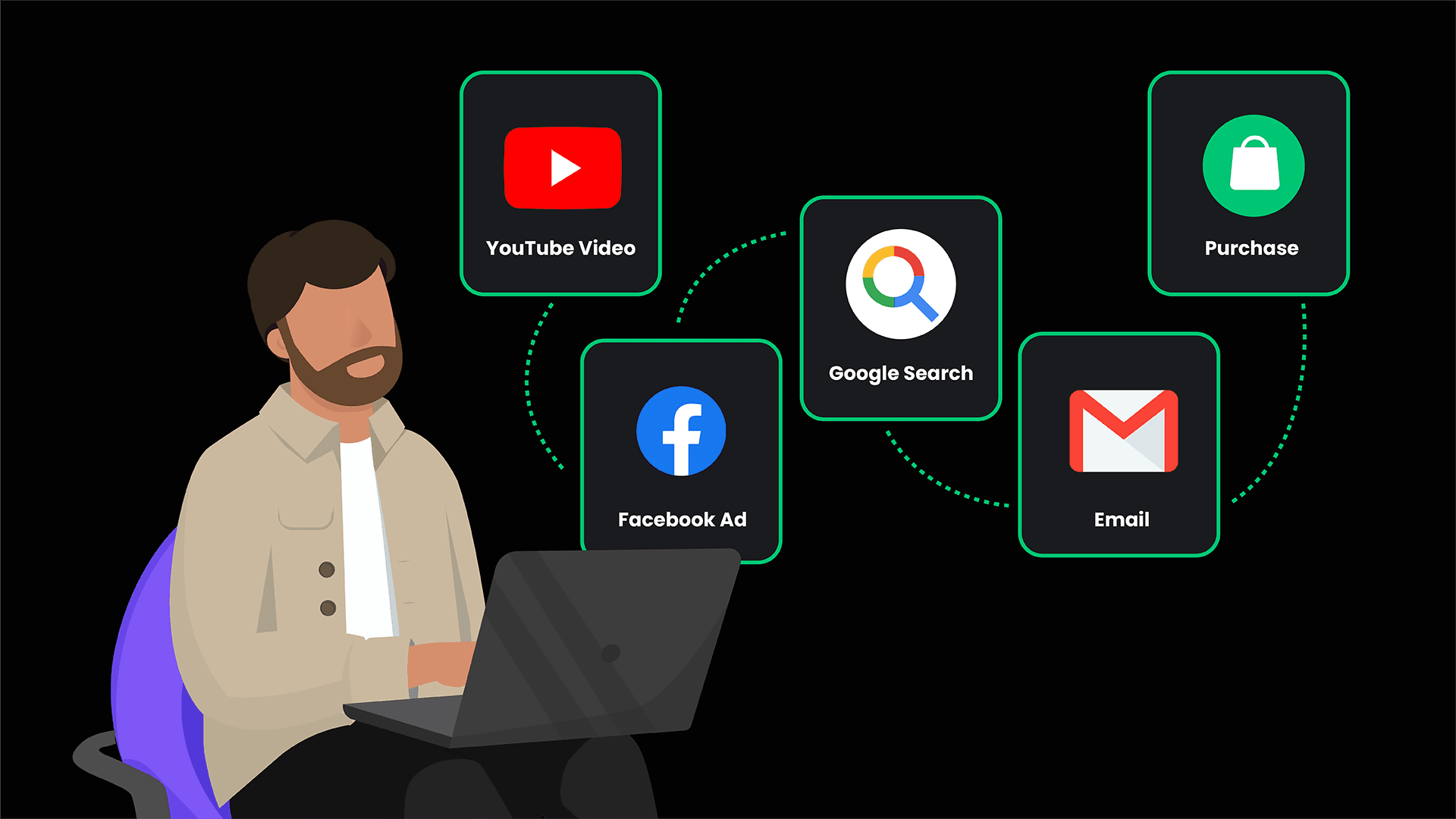
Here’s what we recommend for B2B remarketing:
- Google Ads has remarketing options including display ads & remarketing lists for search ads.
- LinkedIn Ads are a great remarketing channel especially for B2B businesses.
- Facebook & Instagram Ads will always be a great, cheap source for remarketing, especially given that pretty much everyone is on there!
What should you advertise with remarketing?
If someone is seeing your remarketing ad, then they should already have awareness of your brand, so you don't just want to show them the same advert or content they've already seen.
We need to show them something new.
We have a couple of tried & tested things we like to illustrate in our remarketing adverts:
- Case studies showing the impact of your product/service on customers.
- Engaging “how to” content that might help the user solve a problem.
These ads serve to reinforce the value of your business, and to start building more trust with prospective leads who have already visited your website.
5) Conversion Tracking
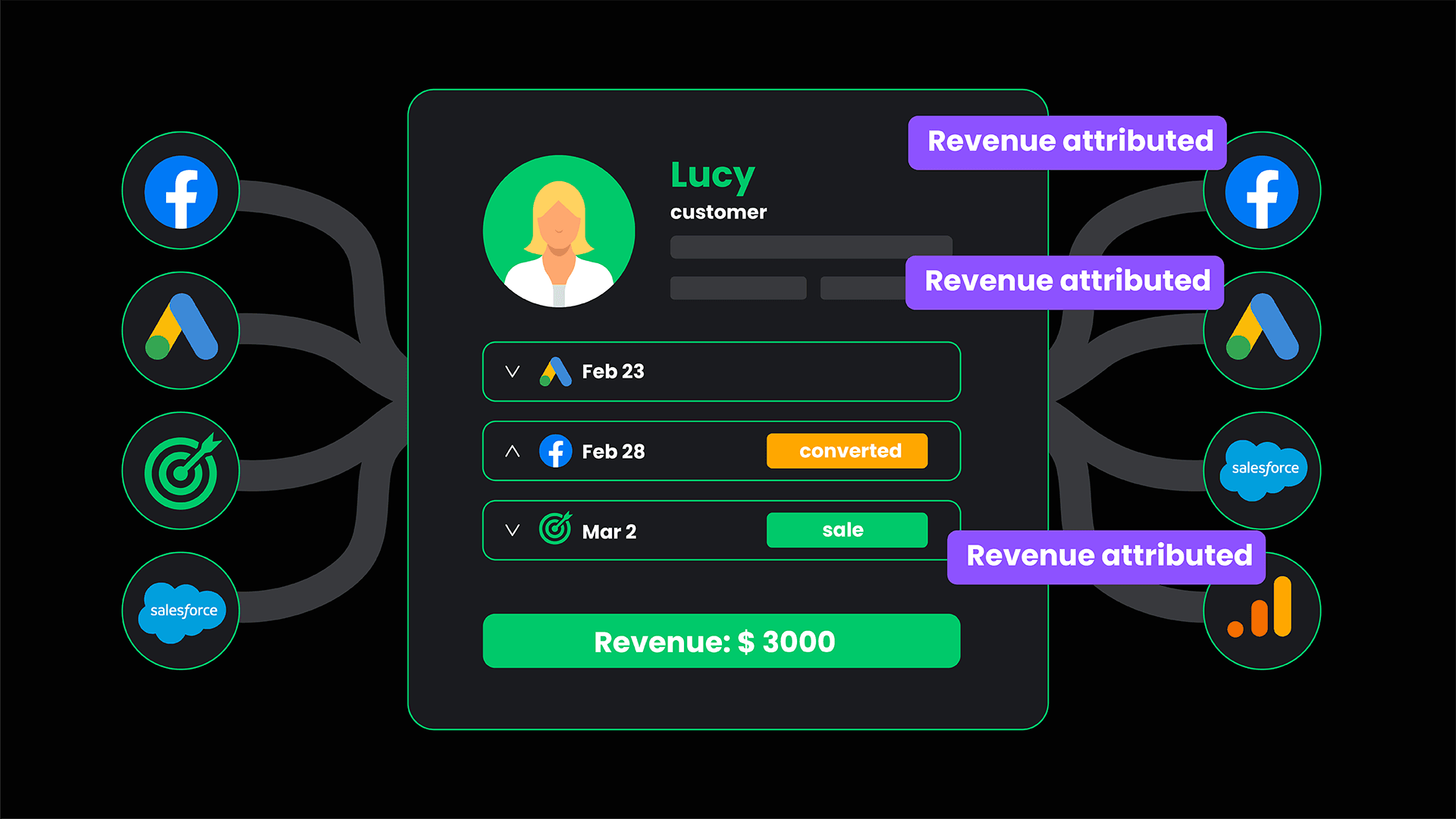
Conversion tracking is absolutely vital for B2B Google Ads campaigns, and we recommend tracking both micro and macro conversions.
Additionally, you’ll want to set up offline conversion tracking and integrate your CRM with Google Ads to ensure that you’re getting the most accurate data.
Here are ideas for different conversion events you may want to track:
- New paying customers (obviously)
- Requested a quote
- Free trials
- Demo bookings
- White paper downloads
- Proposal requests
Common Mistakes We See From B2B Advertisers
The majority of our B2B clients are those who come to us saying “Google ads simply do not work for us”.
And with 100% success rate (so far) we've been able to turn Google ads into a profitable marketing channel for them.
Below are the common mistakes we see them consistently making.
1) Not understanding the lengthy sales cycle
It's amazing how many business owners don't actually understand the length of their sales cycle.
According to research published on Salesforce, the average lead to conversion time for B2B businesses is a massive 102 days - that’s over 3 months!
And according to HubSpot, this lag between lead to conversion gets even bigger depending on the contract value. gets even bigger
- For a contract of less than $5k, the sales cycle is around 40 days.
- For an average contract over $100k, the sales cycle is around 170 days.
For B2B services like software or consulting, there’s always going to be a longer & more personalized sales cycle involved vs. B2C companies like Ecommerce.
If you’re going to invest in paid advertising for your B2B business, you must be very patient.
There’s going to be a significant time lag between your first leads and new customers.
The process we use always works, but it requires patience and persistence before you start getting results.
2) Not Involving The Sales Team
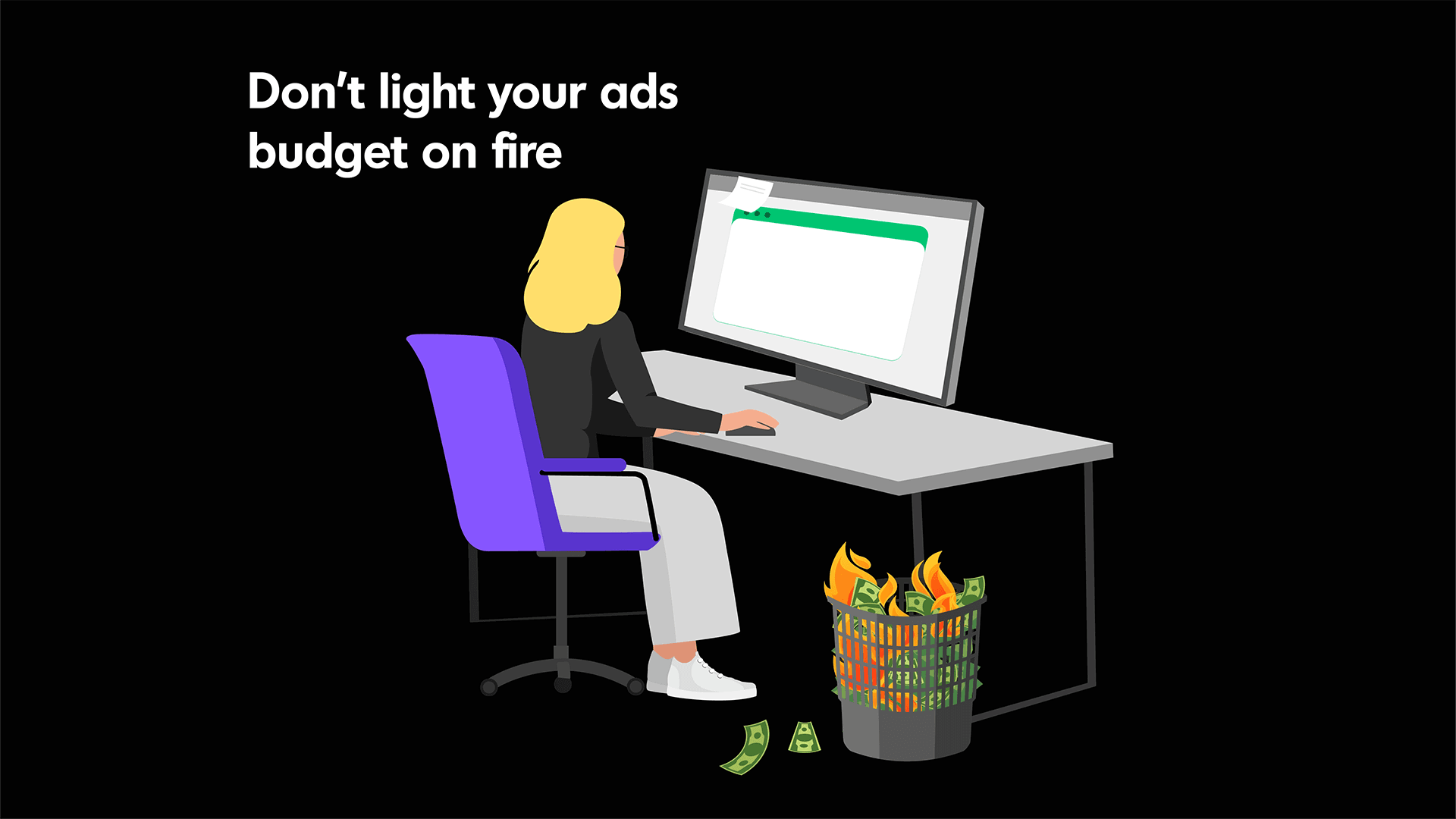
There’s so often a disconnect between marketing and sales.
At our agency, we’ll only work with B2B businesses who are committed to a strong sales process, and we’ll encourage collaboration between the sales and marketing teams.
It’s very important to ensure that the sales team are actively following up with leads in a timely manner and calling those leads directly on the same day whenever possible.
You don’t want to be in a position where you’re throwing thousands of dollars per month into Google ads, only for those efforts to be wasted if you don’t have the sales procedures in place to maximize the value from those leads.
These are the small details that can make the difference between a successful Google ads campaign or a failed one.
Any strong Google ads marketer will be integrated into the CRM, running quality checks on leads & also checking to see how those leads are progressing through the sales pipeline as well.
3) Weak Lead Magnets & Offers
Many B2B businesses will use lead magnets in order to capture email data & information from customers.
This might be a long-form white paper that educates the user all about a given subject, in return for getting their email address.
It’s a great strategy to start a lead down the path towards becoming a paying customer.
But too often, we see B2B businesses fail when they create a very weak lead magnet.
If you’re telling a customer that they can get a "Free instant quote" but actually forces them to input all of their details without giving them any instant feedback, then that's not a great experience.
If a sophisticated lead accesses your lead magnet only to find that it’s of poor quality, then that’s actually going to negatively impact your brand in their eyes.
B2B businesses must understand that the marketplace is competitive, and you can't break promises before you've even started a working relationship with a customer.
4) Lack of Testing
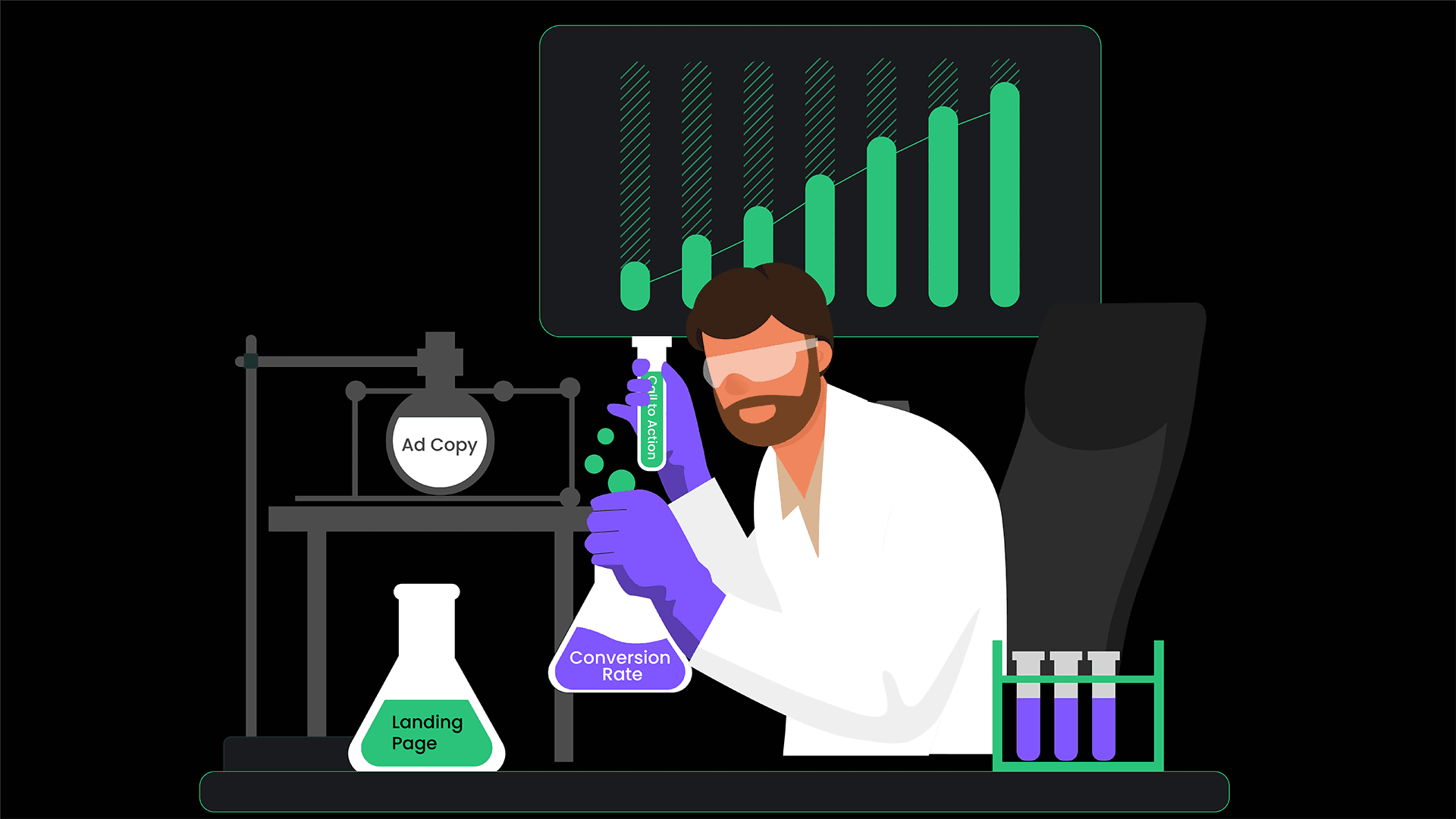
There’s one thing that separates good advertisers from great advertisers - relentlessly testing their ad campaigns.
When we take on new B2B advertising clients, one of the biggest mistakes we’ll notice is a severe lack of testing.
Google’s ad platform allows you to run tests very easily, changing one variable at a time in order to get a clear outcome.
Here are some of the variables you can test easily:
- Your bidding strategy
- Advertising copy
- Keyword match types e.g. exact match vs. broad match
- Different landing pages to test conversion rates
5) Not Auditing Negative Keywords
There’s some metrics we closely monitor for all our Google ad campaigns:
- Conversion Rate
- Cost Per Conversion
- Cost to Acquire Customer
- Return on Ad Spend
Of course, you’ll also need to factor in financials that are very specific to your business as well.
For example, you’ll need to know what your average customer lifetime value is in order to work out how much you’re willing to pay to acquire a new B2B customer via Google ads.
At my previous company, our customer lifetime value was $25,000, and we were paying approximately $1100 to Google ads in order to land each new customer.
That was of course a very expensive cost to acquire a new customer, but because the lifetime value was so high, we were still making a phenomenal ROI on our PPC efforts.
Here are some tools to help you:
- Google ads for high-level data.
- X software for omni-channel reporting
- X software for MMM reporting
Measuring Success
There’s some metrics we closely monitor for all our Google ad campaigns:
- Conversion Rate
- Cost Per Conversion
- Cost to Acquire Customer
- Return on Ad Spend
Of course, you’ll also need to factor in financials that are very specific to your business as well.
For example, you’ll need to know what your average customer lifetime value is in order to work out how much you’re willing to pay to acquire a new B2B customer via Google ads.
At my previous company, our customer lifetime value was $25,000, and we were paying approximately $1100 to Google ads in order to land each new customer.
That was of course a very expensive cost to acquire a new customer, but because the lifetime value was so high, we were still making a phenomenal ROI on our PPC efforts.
I'd strongly recommend investing in our recommended reporting tools to help you monitor success & progress.
Wrapping Up Google Ads for B2B
You’ll need to constantly refine your Google ads strategy as you go, making optimizations that will improve your performance.
Most importantly, you’ll need to optimize the all important post-click experience over time, especially if you’ve been saturating the market for a long time with the same messaging.
Change up your offers & test new landing pages as you scale your Google ads strategy.
Although we use this blueprint across all of our customers, there are a huge number of factors that differentiate from project to project, so it’s important to keep a very holistic mindset.
If you’re just getting started with Google ads, I’d strongly recommend an experienced consultant to steer you in the right direction and act as a sounding board as you get started.
And remember - there’s only so much the adverts themselves can do to help B2B businesses, but at some point your service & sales team will have to step in and push those leads over the line in order for you to succeed with Google ads.
